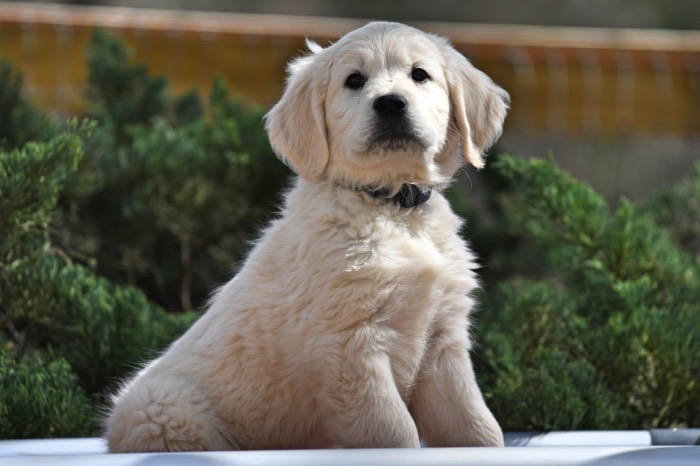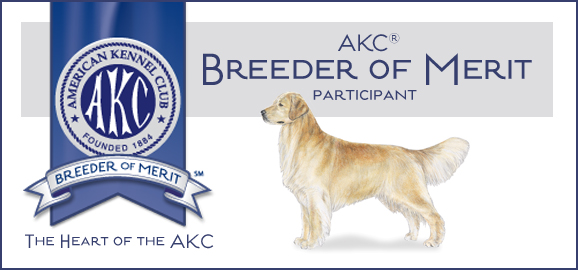Classical conditioning is one of the two most important principles of learning used in behavior modification and dog training. An understanding of classical conditioning will give you a valuable tool for training any dog.
Classical conditioning has been studied in all kinds of animals including humans and dogs. We will limit our discussion here to how it works with dogs.
What is Classical Conditioning
Classical conditioning in simple terms is the act of passing the value of one thing or event to another. It is a process whereby two events are paired together in a particular way that causes a dog (or any animal) to begin to enjoy an event that he initially had no interest in simply because it was repeatedly paired with an event that the dog liked.
Here is a more scientific definition for those who like more detail.
Classical conditioning is the pairing of two stimuli or reinforcers where one is neutral and the other has value. When paired a sufficient number of times, the neutral stimulus or reinforcer will gain a value of its own.
This definition has a lot of big words in it and perhaps is difficult to understand. It will become clear as I explain it with examples.

Clicker Training & Marker Training
Marker training and clicker training methods are built on classical conditioning. These are the particular tools that are useful to positive reinforcement dog trainers. Therefore, I’ll explain how classical conditioning works as I relate it to marker training.
The Two Stimuli (or Events)
We’ll talk first about the thing that a dog initially finds valuable. This is called the primary stimulus in scientific terms. Then we’ll talk about the event that the dog initially sees no value in. The scientific term for the event that is the dog sees no value in is the secondary stimulus.
Let’s look at these two stimuli.
The Primary Stimulus
The primary stimulus can be anything that a dog likes. There are various sights or sounds or circumstances that will evoke either a negative or positive response in a dog. For example giving a dog food will elicit a positive response in most dogs. They will get excited and salivate. Food is therefore what is referred to as a primary stimulus or a primary reinforcer. An opportunity for play is another example of a primary stimulus or reinforcer. Dogs respond favorably to such opportunities.
The Secondary Stimulus
The secondary stimulus can be any of the many sights, sounds, and circumstances that are irrelevant to a dog’s world. An example of such an irrelevant stimulus would be a clicker. Clickers in and of themselves are neither scary or painful; nor are they exciting. They have no value to a dog and will typically be ignored. However, if you pair a clicker enough times with a positive primary stimulus such as food, the clicker will begin to take on value to the dog.
For example, if I click a clicker just before rewarding a dog with food enough times, the dog will begin to associate the clicker with the reward. The dog will begin to have an automatic response to the clicker. He will get excited. He might salivate.
This same response can be conditioned with any particular sound. I like to use a marker word rather than a clicker. However, the secondary reinforcer can be any neutral sound (or even a sight)
Causes an Involuntary Response
A key component of classical conditioning is the fact that the response to it is involuntary. When classical conditioning has taken place, the response is not a decision. The dog does not think it through. It is an automatic, instinctual, response that happens whether the dog wants it to or not. When you pair a positive stimuli or reinforcer with a neutral stimuli or reinforcer enough times, a dog will become classically conditioned to enjoy the neutral stimuli or reinforcer.
Once a dog is classically conditioned to have this involuntary response, there will be a chemical reaction in his brain: a release of dopamine.
The Neutral Stimulus (Marker) Must Occur Before the Primary Stimulus (Reward Such as Food)
In order for classical conditioning to occur, the neutral secondary stimulus (the clicker, for example) that we are wanting to classically condition must occur BEFORE the primary stimulus. In other words, in our example, the sound of the clicker must occur before the food reward is given. Classical conditioning will not occur if the clicker is used simultaneously to the giving of the food reward. Nor will it work if the clicker is used after the giving of food.
Ivan Pavlov and His Dogs
Science gives Ivan Pavlov the credit for discovering the principle of classical conditioning. We refer to this principle as Pavlovian conditioning as well as classical conditioning. Pavlov discovered this principle with an experiment with dogs. Pavlov rang a bell just before feeding every meal. With time, the dogs began to salivate when the bell was rung, whether Pavlov brought food out or not.
Final Thoughts
Classical conditioning is a valuable tool for all dog training. Positive reinforcement trainers in particular will find this tool valuable. Trainers can condition dogs to value a neutral stimuli such as a marker word or a clicker just as much as a naturally valuable reward such as food.
Once the marker attains value, it becomes an extremely useful training tool providing a means to attain Clear Communication and Powerful Motivation.

